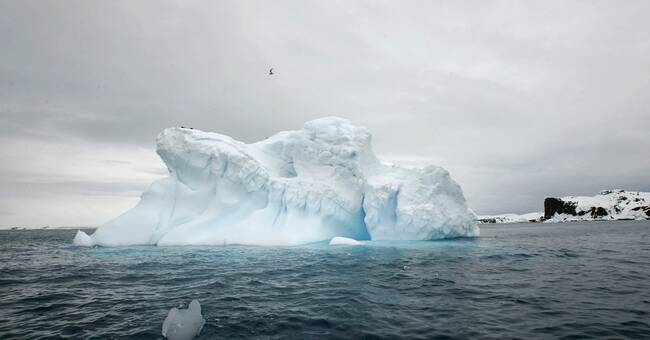The ozone hole developed as expected at the beginning of the season, but has increased significantly over the past week.
The hole is now larger than 75 percent of the ozone holes that have occurred since 1979, at the same stage of the season, according to Copernicus.
- The vortex is quite stable and the stratospheric temperatures are even lower than last year.
We fear that it will be a fairly large and potentially also deep ozone hole, says Vincent-Henri Peuch, head of Copernicus' atmosphere monitoring service.
The ozone layer protects the earth from harmful solar radiation. The hole occurs every year during the southern hemisphere's spring season between August and October. In December, the ozone level returns to normal, as the temperature high up in the stratosphere begins to rise and the polar vortex weakens.

